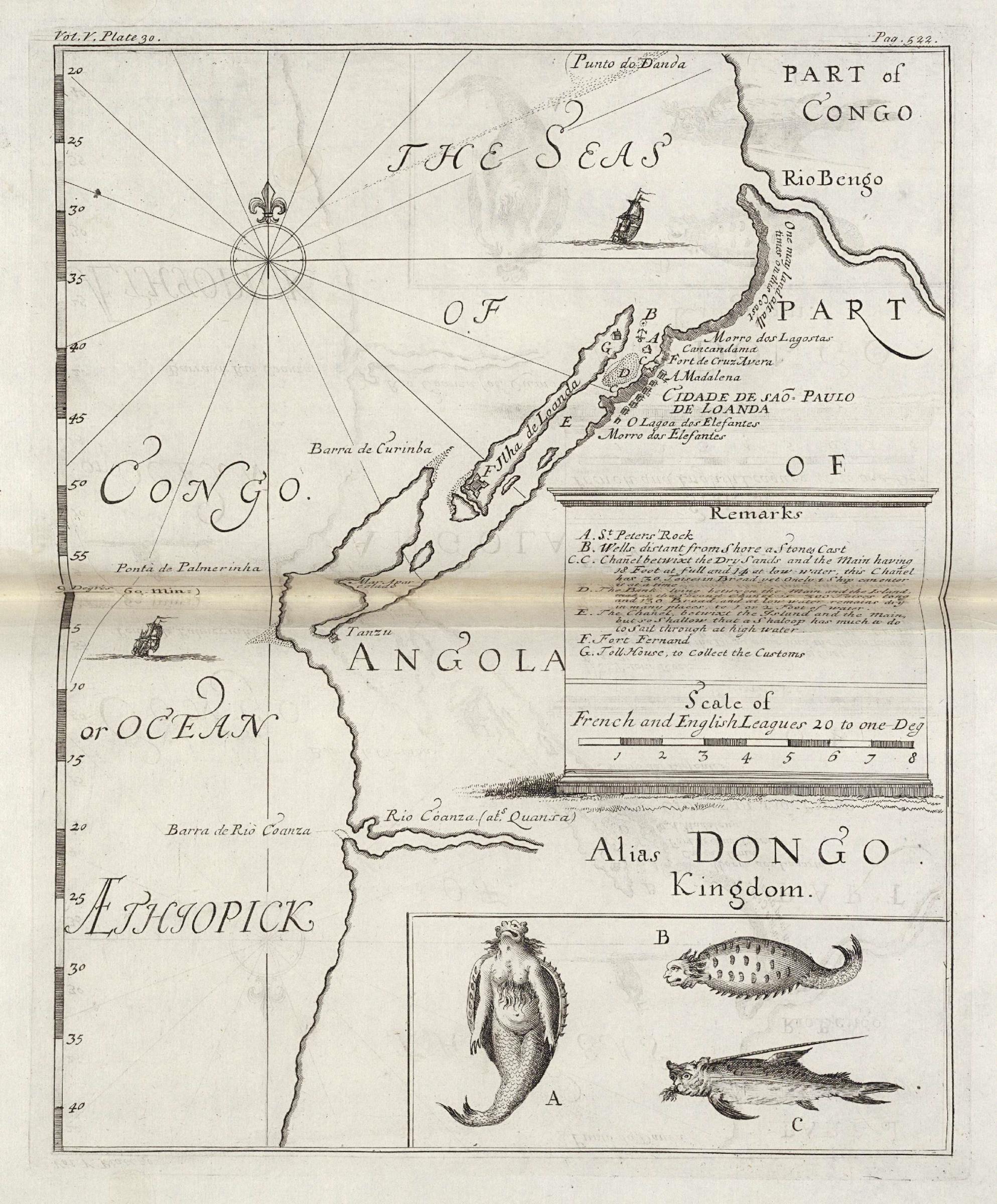|
Fetishes
A fetish is an object believed to have supernatural powers, or in particular, a human-made object that has power over others. Essentially, fetishism is the attribution of inherent non-material value, or powers, to an object. Talismans and amulets are related. Fetishes are often used in spiritual or religious context. Historiography The word ''fetish'' derives from the French , which comes from the Portuguese ("spell"), which in turn derives from the Latin ("artificial") and ("to make"). The term ''fetish'' has evolved from an idiom used to describe a type of object created in the interaction between European travelers and Native West Africans in the early modern period to an analytical term that played a central role in the perception and study of non-Western art in general and African art in particular. William Pietz, who, in 1994, conducted an extensive ethno-historical study of the fetish, argues that the term originated in the coast of West Africa during the sixteenth a ... [...More Info...] [...Related Items...] OR: [Wikipedia] [Google] [Baidu] |
Supernatural
Supernatural phenomena or entities are those beyond the Scientific law, laws of nature. The term is derived from Medieval Latin , from Latin 'above, beyond, outside of' + 'nature'. Although the corollary term "nature" has had multiple meanings since the ancient world, the term "supernatural" emerged in the Middle Ages and did not exist in the ancient world. The supernatural is featured in folklore and religious contexts, but can also feature as an explanation in more secular contexts, as in the cases of superstitions or belief in the paranormal. The term is attributed to non-physical entity, non-physical entities, such as angels, demons, gods and ghost, spirits. It also includes claimed abilities embodied in or provided by such beings, including Magic (supernatural), magic, telekinesis, levitation (paranormal), levitation, precognition and extrasensory perception. The supernatural is hypernymic to religion. Religions are standardized supernaturalist worldviews, or at least m ... [...More Info...] [...Related Items...] OR: [Wikipedia] [Google] [Baidu] |
Charles De Brosses
Charles de Brosses (), comte de Tournay, baron de Montfalcon, seigneur de Vezins et de Prevessin (7 February 1709 – 7 May 1777), was a French scholar of the 18th century. Life He was president of the parliament of his hometown Dijon from 1741, a member of the Académie des Inscriptions et Belles-Lettres from 1746, and a member of the '' Académie des Sciences, Arts et Belles-Lettres de Dijon'' from 1761. He was a close friend of Georges-Louis Leclerc de Buffon, the naturalist who wrote the ''Histoire Naturelle'', and a personal enemy of Voltaire, the famous philosopher, who barred his entry in the ''Académie française'' in 1770. Because he opposed the absolute power of the king, he was exiled twice, in 1744 and 1771. He wrote numerous academic papers on topics concerning ancient history and language, some of which were used by Denis Diderot and D'Alembert in the ''Encyclopédie'' (1751-1765). Publications De Brosses published five books: *''Lettres sur l'état actuel de la ... [...More Info...] [...Related Items...] OR: [Wikipedia] [Google] [Baidu] |
Lectures On The Philosophy Of History
''Lectures on the Philosophy of World History'' (or just ''Lectures on the Philosophy of History''; ) is a work by Georg Wilhelm Friedrich Hegel (1770–1831), originally given as lectures at the University of Berlin in 1822, 1828, and 1830. It presents world history in terms of the Hegelian philosophy in order to show that history follows the dictates of reason and that the natural progress of history is due to the outworking of absolute spirit. The text was originally published in 1837 by the editor Eduard Gans, six years after Hegel's death, utilizing Hegel's own lecture notes as well as those found that were written by his students. A second German edition was compiled by Hegel's son, Karl, in 1840. A third German edition, edited by Georg Lasson, was published in 1917. Themes Written history Hegel begins by distinguishing three methods or modes of doing history: Original History, Reflective History and Philosophical History. To Original and Philosophic histories, Hege ... [...More Info...] [...Related Items...] OR: [Wikipedia] [Google] [Baidu] |
Thomas Astley
Thomas Astley (died 1759) was a bookseller and publisher in London in the 18th century. He often wrote about relevant topics at the time, and contributed to many of those controversial topics. He ran his business from Saint Paul's Churchyard (circa 1726-1742) and Paternoster Row (circa 1745). He belonged to the Company of Stationers. He published the celebrated ''Voyages and Travels'' which described localities in Africa and Asia, compiling information from travel books by John Atkins, Jean Barbot, Willem Bosman, Theodor de Bry, Francis Moore, Jean-Baptiste Labat, Godefroi Loyer, Thomas Phillips, William Smith, and Nicolas Villaut de Bellefond. It included engravings by G. Child and Nathaniel Parr. Astley intended his ''Voyages'' to improve upon the previous travel collections of Samuel Purchas, John Harris, and Awnsham & John Churchill. It was read by patrons of Hookham's Circulating Library, Boosey's circulating library, London Institution, Royal Institution, Salem Athena ... [...More Info...] [...Related Items...] OR: [Wikipedia] [Google] [Baidu] |
Awnsham Churchill
Awnsham Churchill (1658–1728), of the Black Swan, Paternoster Row, London and Henbury, Dorset, was an English bookseller and radical Whigs (British political party), Whig politician who sat in the English House of Commons, English and British House of Commons from 1705 to 1710. Early life Churchill was the son of William Churchill of Dorchester, Dorset, and his wife Elizabeth Awnsham, daughter of Nicholas Awnsham of Isleworth, Middlesex. He was the brother of the MPs Joshua Churchill and William Churchill (Ipswich MP), William Churchill. He was apprenticed to George Sawbridge and became a Freeman of the Worshipful Company of Stationers, Stationers' Company in 1681. With another brother, John, he then entered into business as booksellers and stationers at the sign of the Black Swan in Paternoster Row, London. At the beginning of 1680 he signed a petition to the king asking for the recall of parliament; and in 1682 he published a sermon of Samuel Bold against persecution. Station ... [...More Info...] [...Related Items...] OR: [Wikipedia] [Google] [Baidu] |
Anthropology
Anthropology is the scientific study of humanity, concerned with human behavior, human biology, cultures, society, societies, and linguistics, in both the present and past, including archaic humans. Social anthropology studies patterns of behaviour, while cultural anthropology studies cultural meaning, including norms and values. The term sociocultural anthropology is commonly used today. Linguistic anthropology studies how language influences social life. Biological anthropology, Biological (or physical) anthropology studies the biology and evolution of Human evolution, humans and their close primate relatives. Archaeology, often referred to as the "anthropology of the past," explores human activity by examining physical remains. In North America and Asia, it is generally regarded as a branch of anthropology, whereas in Europe, it is considered either an independent discipline or classified under related fields like history and palaeontology. Etymology The abstract noun ''wikt ... [...More Info...] [...Related Items...] OR: [Wikipedia] [Google] [Baidu] |
Ethnography
Ethnography is a branch of anthropology and the systematic study of individual cultures. It explores cultural phenomena from the point of view of the subject of the study. Ethnography is also a type of social research that involves examining the behavior of the participants in a given social situation and understanding the group members' own interpretation of such behavior. As a form of inquiry, ethnography relies heavily on participant observation, where the researcher participates in the setting or with the people being studied, at least in some marginal role, and seeking to document, in detail, patterns of social interaction and the perspectives of participants, and to understand these in their local contexts. It had its origin in social and cultural anthropology in the early twentieth century, but has, since then, spread to other social science disciplines, notably sociology. Ethnographers mainly use Qualitative research, qualitative methods, though they may also include ... [...More Info...] [...Related Items...] OR: [Wikipedia] [Google] [Baidu] |
Monotheism
Monotheism is the belief that one God is the only, or at least the dominant deity.F. L. Cross, Cross, F.L.; Livingstone, E.A., eds. (1974). "Monotheism". The Oxford Dictionary of the Christian Church (2 ed.). Oxford: Oxford University Press. A distinction may be made between exclusive monotheism, in which the one God is a singular existence, and both inclusive and pluriform monotheism, in which multiple gods or godly forms are recognized, but each are postulated as extensions of the same God. Monotheism is distinguished from henotheism, a religious system in which the believer worships one god without denying that others may worship different gods with equal validity, and monolatry, monolatrism, the recognition of the existence of many gods but with the consistent worship of only one deity. The term ''monolatry'' was perhaps first used by Julius Wellhausen. Monotheism characterizes the traditions of Abrahamic religions, Abrahamic religions such as Judaism, Samaritanism, Christi ... [...More Info...] [...Related Items...] OR: [Wikipedia] [Google] [Baidu] |
Polytheism
Polytheism is the belief in or worship of more than one god. According to Oxford Reference, it is not easy to count gods, and so not always obvious whether an apparently polytheistic religion, such as Chinese folk religions, is really so, or whether the apparent different objects of worship are to be thought of as manifestations of a singular divinity. Polytheistic belief is usually assembled into a pantheon of gods and goddesses, along with their own religious sects and rituals. Polytheism is a type of theism. Within theism, it contrasts with monotheism, the belief in a singular god who is, in most cases, transcendent. In religions that accept polytheism, the different gods and goddesses may be representations of forces of nature or ancestral principles; they can be viewed either as autonomous or as aspects or emanations of a creator deity or transcendental absolute principle ( monistic theologies), which manifests immanently in nature (panentheistic and pantheistic theo ... [...More Info...] [...Related Items...] OR: [Wikipedia] [Google] [Baidu] |
Religion
Religion is a range of social system, social-cultural systems, including designated religious behaviour, behaviors and practices, morals, beliefs, worldviews, religious text, texts, sanctified places, prophecies, ethics in religion, ethics, or religious organization, organizations, that generally relate humanity to supernatural, transcendence (religion), transcendental, and spirituality, spiritual elements—although there is no scholarly consensus over what precisely constitutes a religion. It is an essentially contested concept. Different religions may or may not contain various elements ranging from the divine, sacredness, faith,Tillich, P. (1957) ''Dynamics of faith''. Harper Perennial; (p. 1). and a supernatural being or beings. The origin of religious belief is an open question, with possible explanations including awareness of individual death, a sense of community, and dreams. Religions have sacred histories, narratives, and mythologies, preserved in oral traditions, sac ... [...More Info...] [...Related Items...] OR: [Wikipedia] [Google] [Baidu] |
Evolution Theory
Evolution is the change in the heritable characteristics of biological populations over successive generations. It occurs when evolutionary processes such as natural selection and genetic drift act on genetic variation, resulting in certain characteristics becoming more or less common within a population over successive generations. The process of evolution has given rise to biodiversity at every level of biological organisation. The scientific theory of evolution by natural selection was conceived independently by two British naturalists, Charles Darwin and Alfred Russel Wallace, in the mid-19th century as an explanation for why organisms are adapted to their physical and biological environments. The theory was first set out in detail in Darwin's book ''On the Origin of Species''. Evolution by natural selection is established by observable facts about living organisms: (1) more offspring are often produced than can possibly survive; (2) traits vary among individuals wit ... [...More Info...] [...Related Items...] OR: [Wikipedia] [Google] [Baidu] |






